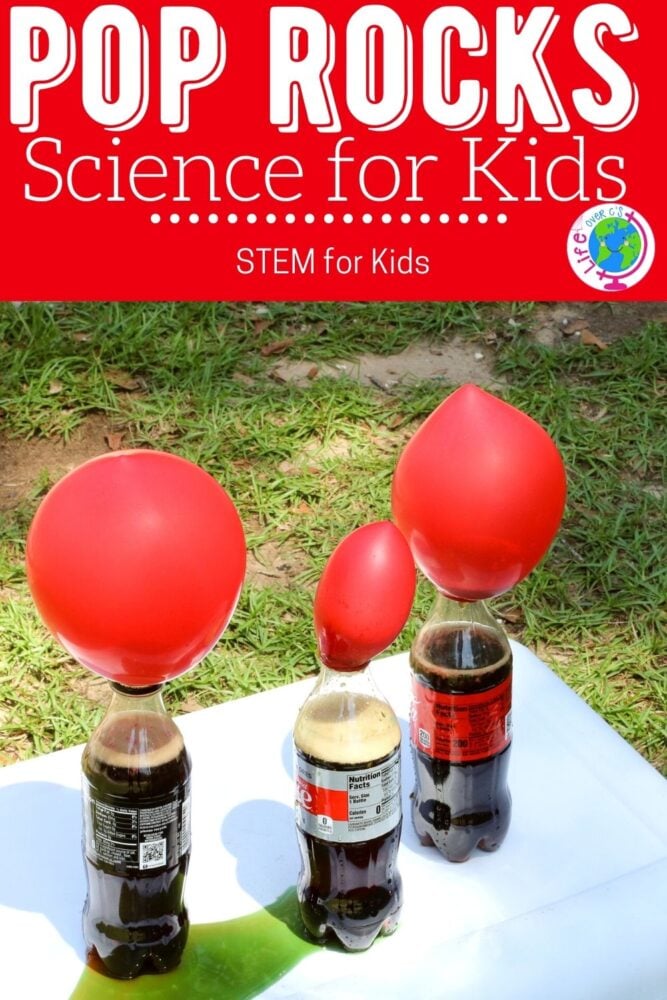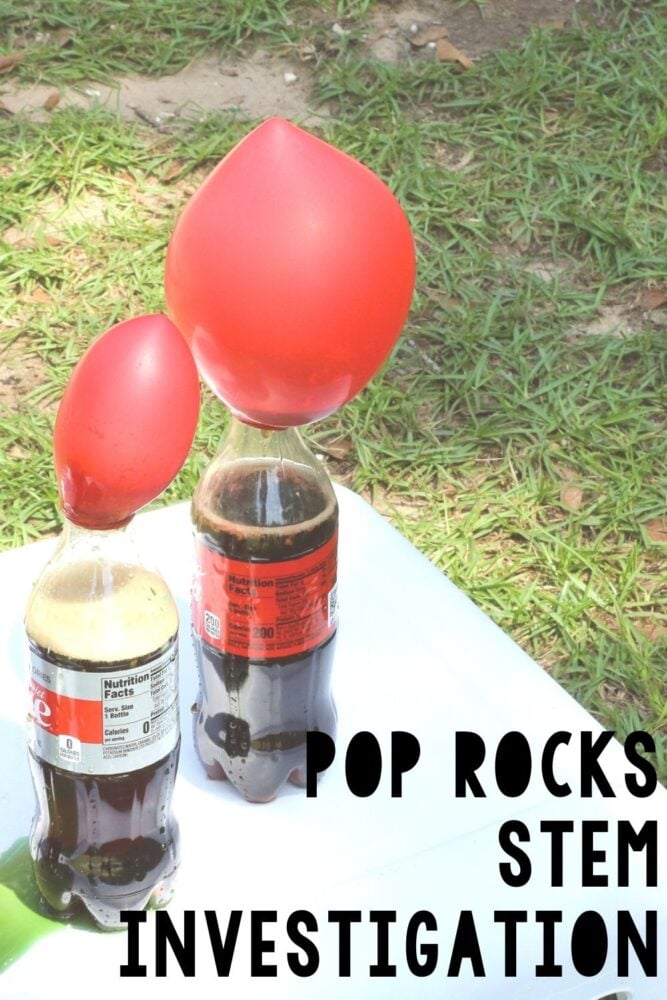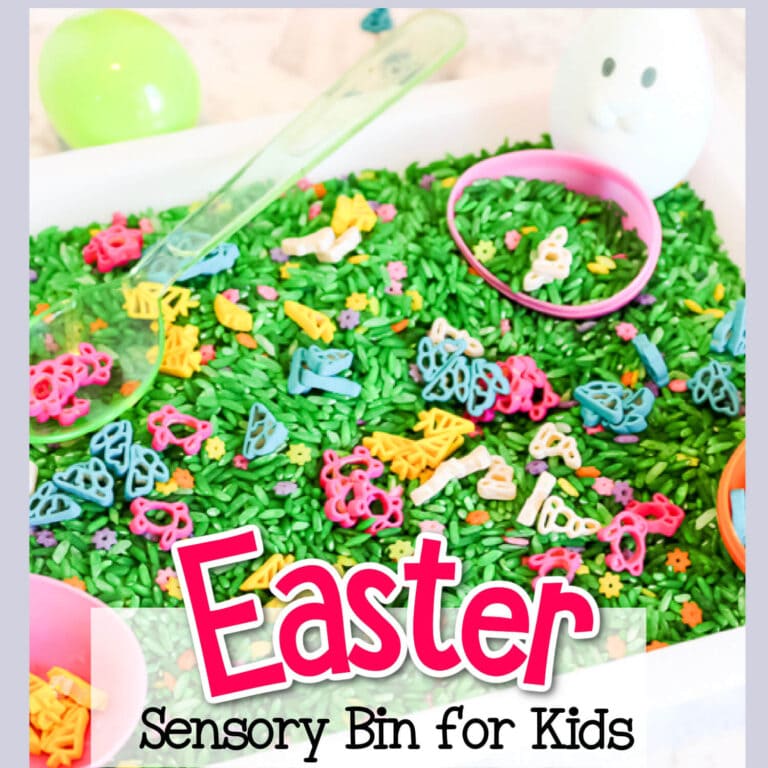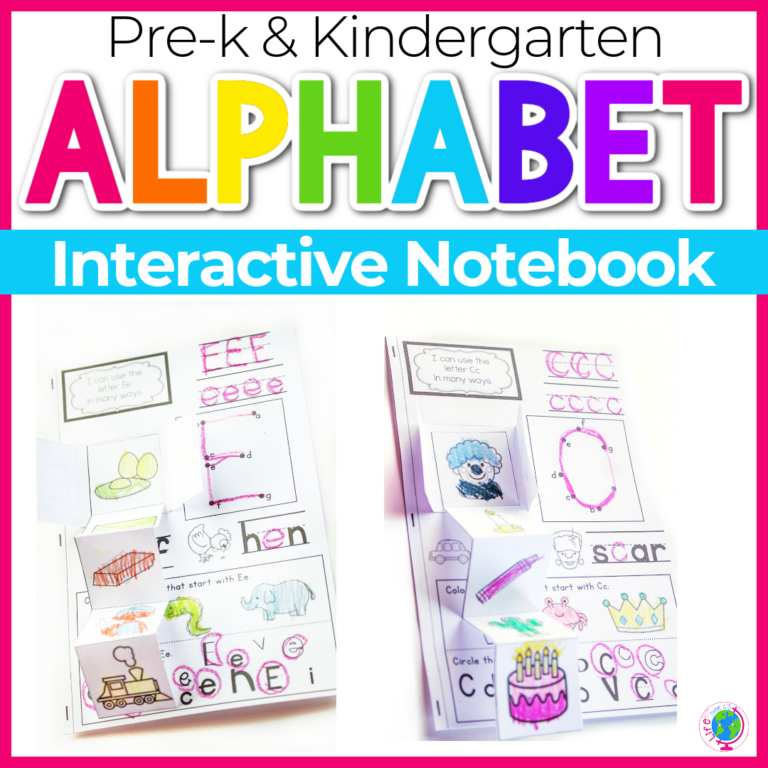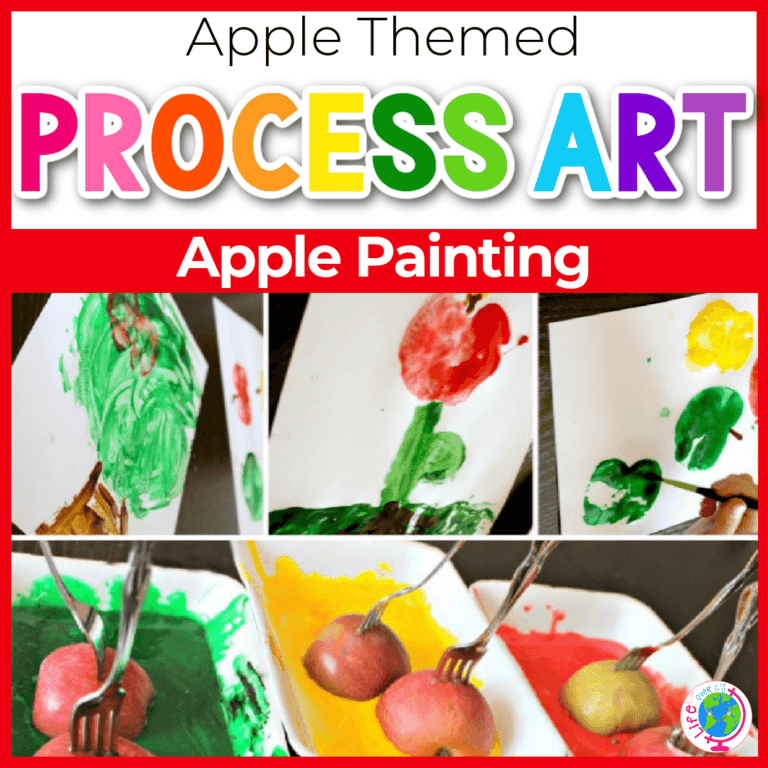Easy Science Experiment with Pop Rocks and Soda
There are certain times of year when kids are virtually EXPLODING with energy. Holidays, vacations, Spring, Summer, Friday! Let’s be honest, it doesn’t take much for young learners to be a little distracted! Easy science experiment for kids help reign them in while directing all that excitement to a positive place.

Recommended Grade Level:
The Soda and Pop Rocks Easy Science Experiment for Kids uses candy and pop to engage, excite and teach at the same time. Kids will love this experiment for its explosive chemical reaction. No matter what time of year it is, cool and easy science experiments for kids deliver. So go ahead and harness that explosive energy with an explosion of your own!
Importance of Science Experiments for Kids
Easy science experiments for elementary school kids provide invaluable learning experiences essential to understanding more complex scientific concepts.
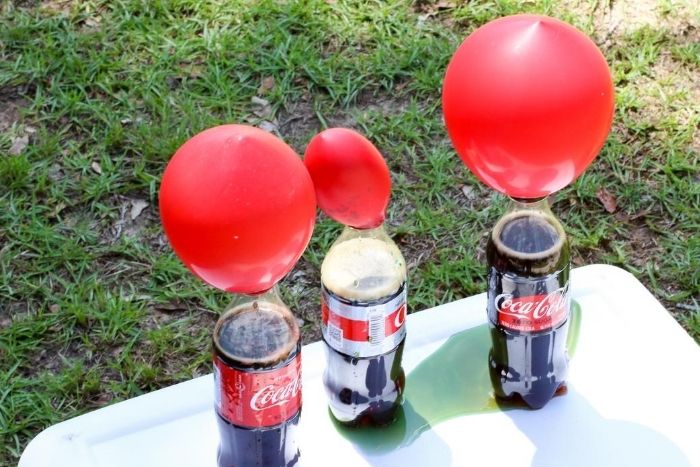
To a child, it’s simply play time. Teachers and parents can begin to incorporate specific vocabulary and processes into that “play” to give children important background knowledge.
Cool science experiments can be as simple as combining ingredients from the pantry to see what happens. Encourage curiosity in children by posing questions as they explore:
- What ingredients did you put in your mixture?
- Can you predict what will happen if you add…?
- What was the outcome of your experiment?
- Did your experiment go as planned?
- Were you surprised to find that A happened when you did B?
Open ended questions encourage complex thinking, problem solving and creativity. Keep experiments fun and simple. Above all, let the children take the lead.
Avoid teaching a “right way/wrong way” to complete science experiments for kids with variables. Instead, encourage scientific thinking and completing step-by-step processes.
How to Perform Soda and Pop Rocks Science Experiment

Process: (TIP: Use a level surface so the bottles do not fall over). You’ll need 3 bottles of soda (16-20 oz. each).
Stretch the balloon with your hands making an effort to expand the neck of the balloon. Avoid blowing into the balloon as the moisture from your mouth will make the candy stick to the inside of the balloon.
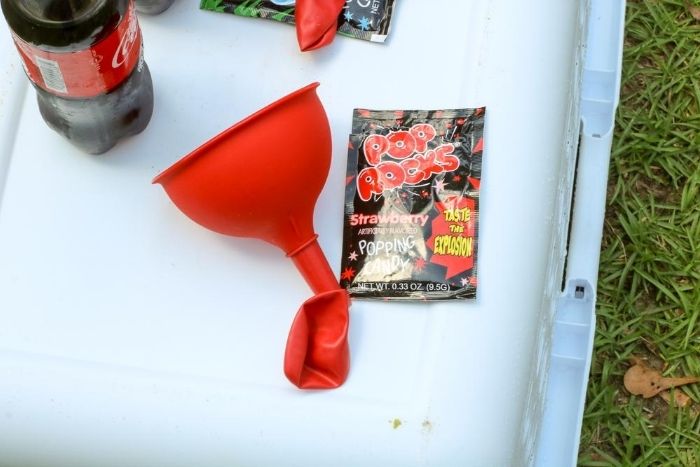
Place the mouth of the balloon over the small opening of a funnel. Pour one package of Pop Rocks into the funnel and tap the funnel to force the Pop Rocks down into the balloon. TIP: If the candy refuses to move through the funnel, try pushing the candy with a bamboo skewer.

Open each soda and place the opening of the balloon over the top, taking care to have the mouth of the balloon completely over the top of the bottle without dropping the candy into the balloon.

Tip the balloon up and shake slightly (if needed) to transfer the candy into the soda. Gas will begin to form immediately. Expect the soda to get fizzy, the candy to crackle, and the balloons to fill with air and foam.

Adapt the Experiment
Use this as an opportunity to teach children about controlled variables and dependent variables/independent variables by adapting the experiment:
- Using one variety of soda, test the different varieties of Pop Rocks to see if each has a similar reaction. Measure the balloons to decide which variety created the most gas.
- Using the same variety of Pop Rocks, test different varieties of soda to see which emits the most gas. (Diet Coke tends to win.)
- If a balloon fails to expand, examine the experiment to see what happened. (Typically this will happen if the balloon is not completely over the top of the soda bottle.)
TIP: Create a chart to list/organize each variation and its outcome.
Other Explosive Experiments for Kids
Classic foaming/exploding science experiments for kids using common household items have clearly withstood the test of time. Sometimes all it takes is some baking soda and vinegar to create fun science experiments for kids to do at home when you need a little pick-me-up.
Here are more simply explosive ideas your kids will love.
- Fill water balloons with paint or even colored foam (shaving cream + food coloring). Then, drop the balloons from varying heights and analyze the splatter patterns created.
- Explore predictions and outcomes by microwaving Ivory soap.
- See if your kids can get the top to pop off a water bottle/soda bottle by varying the amount of water, baking soda and vinegar and giving it a good shake (this is an outdoor activity).
- Make at-home lava lamps with Alka Seltzer, oil, food coloring and water.
Try These Reactive Experiments Next
More STEM Activities
Check out more coordinating science experiments
- Germinating Seeds in a Bag Experiment
- 10 Preschool Science Experiments
- Rain Cloud in a Jar Experiment
- Balloon Skewer Polymer Science Experiment
- Tornado in a Jar Experiment
Search All Activities
Looking for more? Find exactly what you need here:



